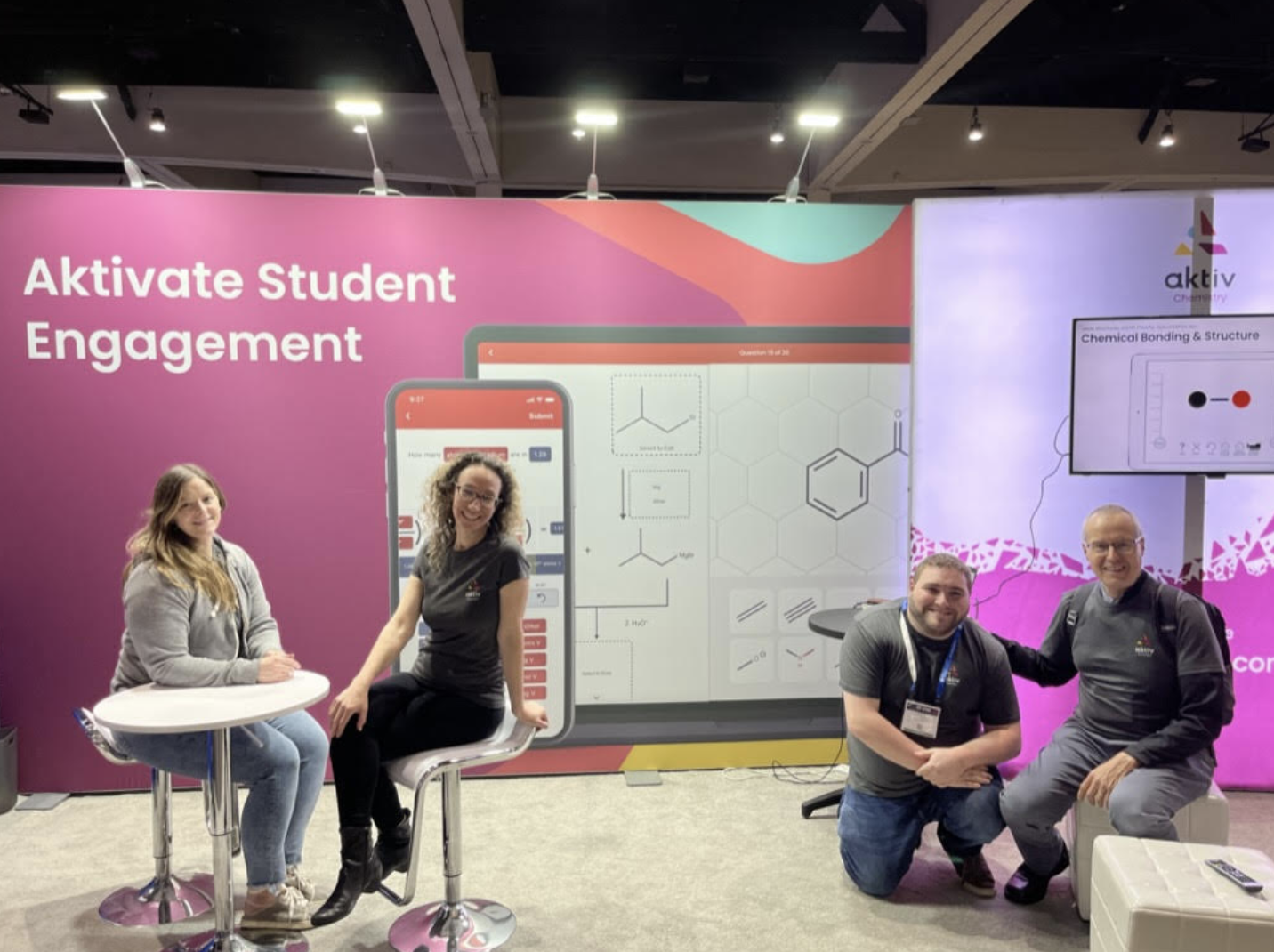As a college tutor in 2010, Justin Weinberg recognized that mobile was the future of education, and built an app with chemistry video lessons to solve pain points his students were facing. The app garnered over 500,000 organic downloads, inspiring him to think about mobile-first solutions that improved learning for STEM students.
A few years later, as a Ph.D. student at Carnegie Mellon University, Justin realized the importance of bringing the active learning tools in 1:1 instruction into lecture-style college courses. He teamed up with co-founder Igor Belyayev to start Aktiv Learning. In a lightly edited transcript, we’ll hear from Justin about the successes and challenges he faced along the Aktiv journey.
How did you think about validating product-market fit in the early days?
Our pilot product was extremely lean. It focused on only a single topic in chemistry, which was just drawing and visualizing molecular structures. We offered it for free to faculty in exchange for feedback, hoping that they would see the value and want a similar product for all topics of chemistry.
At the end of eight pilots, we asked faculty where they would use the product again, and most importantly, whether they would have their students pay $5 each. Every one of the faculty members said yes, and that was the initial validation that enabled us to go to investors and demonstrate that we had a viable product.
As you’ve scaled to over 600 colleges and universities, how have you continued to reach professors that have continued to resonate with the Aktiv mission?
Higher education has little virality when it comes to faculty adoption, even with the greatest product in the world. Thus, we’ve spent time and energy figuring out the right channels to tackle, including sales, email marketing, webinars, and conferences. Most importantly, there has been no substitute for meeting professors in their offices.
Much of our growth has come from successful adoptions with one to two faculty within a department and then working with those folks to expand into other professors that are teaching similar courses. We spent the first four years of the business focused on first-year chemistry courses, then launched support organic chemistry and were able to sign up faculty at over 100 schools in the first sales cycle. First-year chemistry professors we had been working with were also teaching organic, or helped us by going down the hallway to knock on their colleagues’ doors!
How have you balanced equity and access to the platform as you’ve continued to grow?
A large part of our mission has always been to reduce costs for students taking college courses. In the vast majority of use cases, we are replacing the cost of a traditional textbook publisher (often $200 – $300 per course) and saving students 75%. We also partner with institutions like OpenStax out of Rice University, helping faculty convert books from publishers like Pearson into free OpenStax alternatives, thereby further reducing costs. In many colleges, students are forced to choose between course materials and regular meals. That shouldn’t be the case.
What does a quality 21st-century STEM curriculum look like to you?
STEM education needs to be centered around active learning. Students shouldn’t learn in a lecture-hall style model, but instead, review material at home, then spend time in class on problem solving, group work, and projects (the flipped classroom model). We see the role of professors changing from that of a “speaker on stage” to a mediator of student learning. The data from platforms like ours can be collected by faculty to tailor their curriculum to student needs.
Written by DRF content team member, Kevin Wu. Reach him at kevin.wu@dormroomfund.com. More updates on our Twitter, Medium, and newsletter. Founders, apply for an investment from us. 🚀
